Frequently asked questions about bargaining
Here’s what you should know now that Alliance of Health Care Unions national bargaining is underway.
National bargaining between Kaiser Permanente and the Alliance of Health Care Unions has begun. Get up to speed on who’s involved and how it works.
Labor Management Partnership and the Alliance of Health Care Unions
The Labor Management Partnership is a joint strategy shared by Kaiser Permanente and 2 groups of unions. The Partnership brings together employees, managers, and doctors to identify and solve problems to improve service, quality, operations, and affordability, and to make Kaiser Permanente a best place to work.
Those groups of unions are the Alliance of Health Care Unions and the Coalition of Kaiser Permanente Unions. Together, they include 33 local unions that represent more than 150,000 Kaiser Permanente workers.
The Alliance of Health Care Unions is made up of 23 local unions.
These unions represent nearly 61,000 nurses, pharmacists, mental health workers, facility engineers, clerical staff, security officers, and other health care professionals.
- The 2021 Alliance National Agreement runs through September 30, 2025.
- The 2023 Coalition National Agreement runs through September 30, 2027.
Bargaining basics
The national bargaining team is known as the Common Issues Committee. It is made up of Kaiser Permanente leaders, managers, Human Resources and Labor Relations representatives, employees represented by Alliance unions, and representatives from the Alliance and Alliance unions.
The Common Issues Committee is responsible for reviewing and approving proposals from smaller subgroups during national bargaining.
Observers watch and learn about bargaining processes. Observers are Kaiser Permanente employees who are members of an Alliance union. They are selected by, and represent, their local union. They share what they learn with their co-workers.
For example, observers may attend meetings of the subgroups and Common Issues Committee. They may also take part in labor caucuses during bargaining sessions.
Collective bargaining is the process labor unions and employers follow to negotiate terms of employment like pay, benefits, hours, and working conditions. When an agreement is reached, it becomes a union contract which both sides sign to make legally binding. The union negotiates on behalf of the employees it represents.
Interest-based bargaining is a process through which management and labor try to find optimal solutions to matters of importance to both, for example, optimizing staffing. First, they identify and seek to understand each other’s interests relative to the matter – what interests (or concerns) of both sides would a successful solution address? Then they look for creative ways to find a solution that addresses both sides’ interests. This approach has led to better outcomes and better working relationships, and support for the national agreement.
Interest-based bargaining:
- Allows full discussion of difficult or complex issues
- Encourages creative solutions
- Reduces confrontations
- Ensures everyone supports the results.
- Builds closer working relationships
A consensus is reached when everyone:
- Has been heard
- Understands the solution
- Can live with the solution
- Will actively support the solution
-
Social Share
- Share Frequently Asked Questions About Bargaining on Pinterest
- Share Frequently Asked Questions About Bargaining on LinkedIn
- Share Frequently Asked Questions About Bargaining on Twitter
- Share Frequently Asked Questions About Bargaining on Facebook
- Print Frequently Asked Questions About Bargaining
- Email Frequently Asked Questions About Bargaining

December 5, 2025
Where we stand
New bargaining dates are set for December 11 to 15, as Alliance-represented …
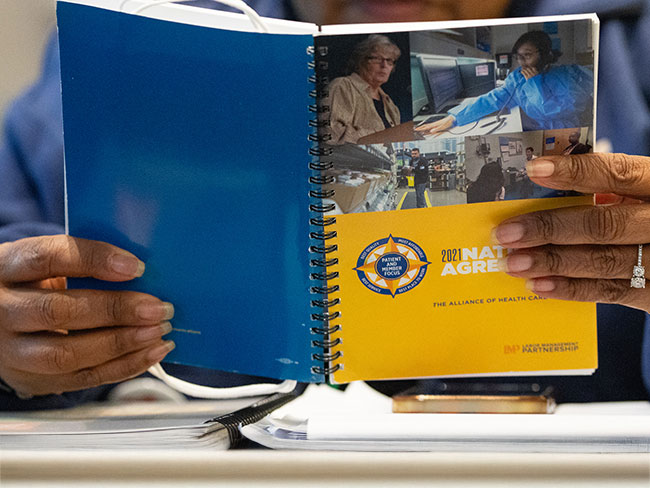
November 20, 2025
It’s time to move forward
Our strong, historic offer honors Alliance-represented employees’ contributions …

November 7, 2025
Negotiations continue
Kaiser Permanente offers proposal that would provide for more employee …

November 4, 2025
Visualizing our offer
New online tool provides Alliance-represented employees a personalized …

October 24, 2025
Strong offer, stronger future
Kaiser Permanente’s economic proposal rewards Alliance-represented employees …
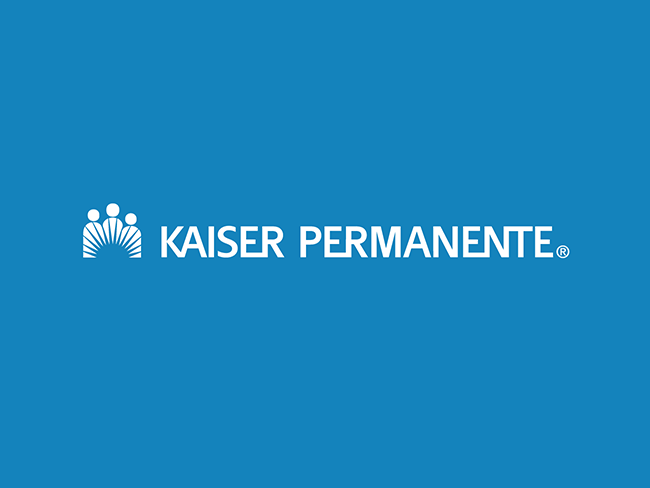
October 19, 2025
Kaiser Permanente returns to normal operations after strike
Bargaining for a new national contract with the Alliance of Health Care …

October 13, 2025
Our statement on the Alliance of Health Care Unions’ strike
We remain committed to an agreement that balances fair pay with affordable …

October 12, 2025
A strong offer that puts patients and employees first
We're committed to reaching an agreement that honors our employees, protects …
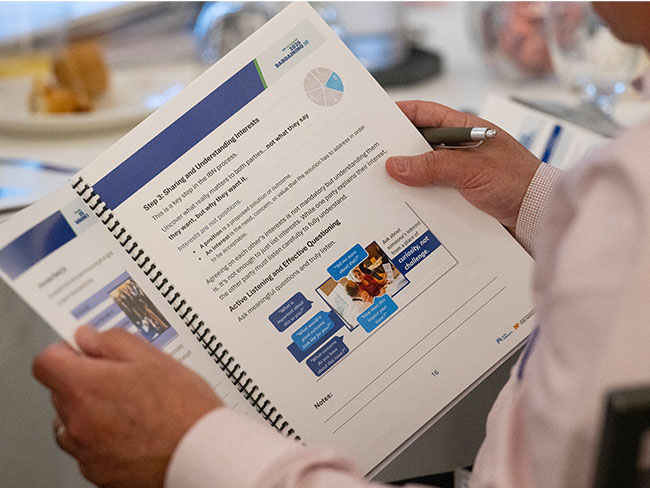
October 10, 2025
Latest bargaining session fails to reach agreement
We are committed to negotiating a fair contract with the Alliance, despite …

October 4, 2025
Despite strong offer on the table, strike notices received
Kaiser Permanente strengthens latest economic proposal offering competitive …

September 29, 2025
Work continues to reach new national agreement
Kaiser Permanente and Alliance enter into third-party mediation to help …

September 24, 2025
A job at Kaiser Permanente is much more than a paycheck
Being a part of the country’s largest mission-driven health care organization …

September 24, 2025
See what makes our offer stand out
Higher pay and investments in your benefits and educational opportunities …

September 19, 2025
Understanding the value of a Kaiser Permanente job
Our proposal means higher pay and stronger benefits for you.

September 13, 2025
The value of a Kaiser Permanente job
Kaiser Permanente is proud to offer competitive pay, outstanding benefits, …

September 13, 2025
Update on Alliance national bargaining
Negotiations focus on pay, benefits, and remaining staffing proposals.

September 13, 2025
Details of our latest offer to the Alliance of Health Care Unions
Kaiser Permanente rewards employees for the excellent care they provide.

August 23, 2025
Alliance national bargaining update
New tentative agreements enhance the minimum wage and strengthen the Labor …

August 7, 2025
Alliance national bargaining talks move forward
Kaiser Permanente and the Alliance reach 30 tentative agreements.
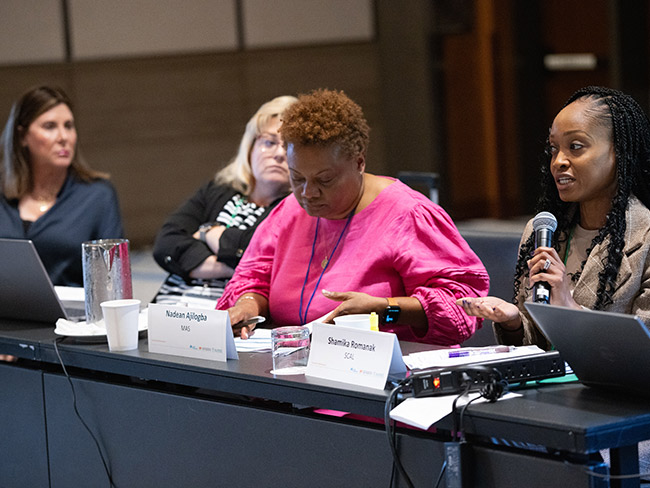
July 17, 2025
National bargaining talks progress
Kaiser Permanente and Alliance of Health Care Unions navigate key issues. …
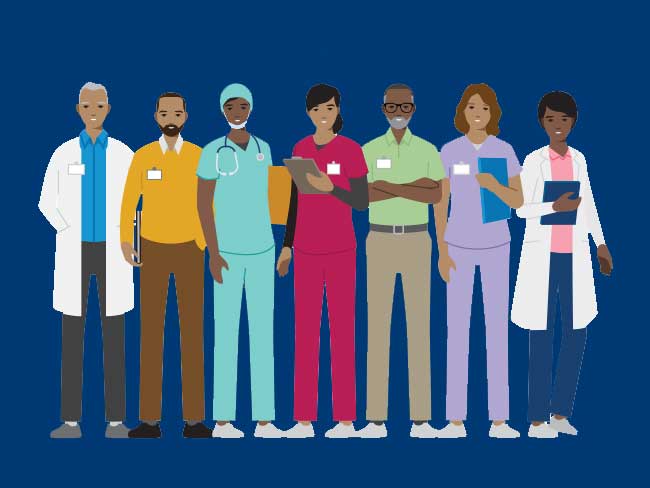
July 17, 2025
2025 Alliance national bargaining facts at a glance

June 23, 2025
How Kaiser Permanente uses AI responsibly
To guide our use of AI, Kaiser Permanente has created a set of 7 responsible …

June 5, 2025
National bargaining progress continues
Kaiser Permanente and Alliance unions reach 4 tentative agreements and …

June 4, 2025
Frequently asked questions about bargaining
Here’s what you should know now that Alliance of Health Care Unions national …

May 8, 2025
Interest-based problem solving: What it is, why it matters
During national bargaining, labor and management use this collaborative …

May 8, 2025
National Alliance bargaining begins
Kaiser Permanente and the Alliance of Health Care Unions kick off negotiations …